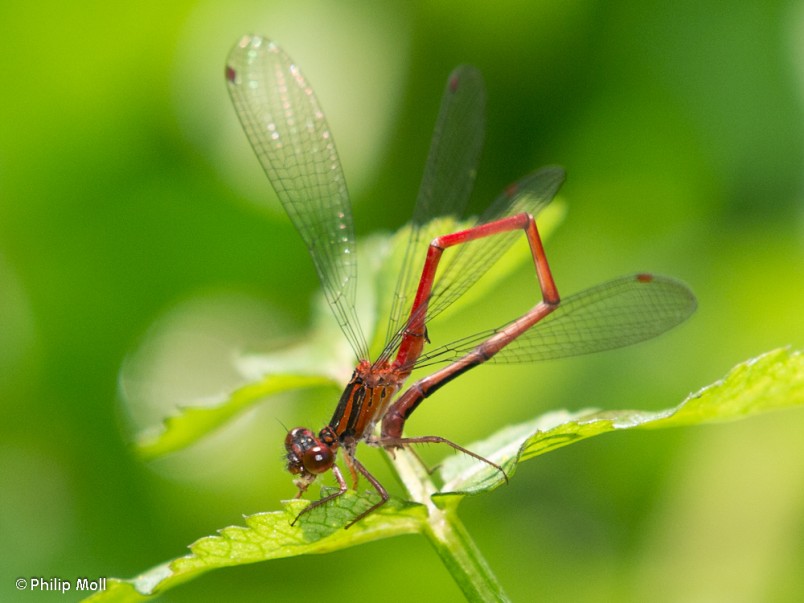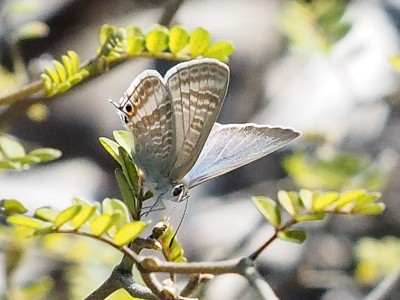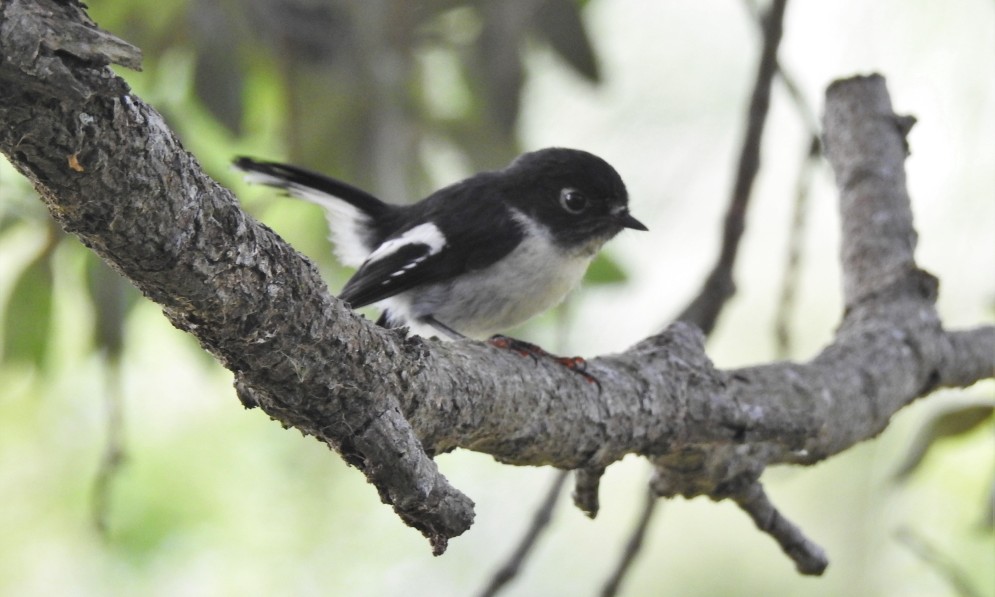The Tuff Crater Restoration Project is restoring the area surrounding an extinct volcano in Northcote, Auckland.
Adjoining the northern motorway, it is highly visible as residents travel over the harbour bridge, commuting to and from the city.
The project commenced in 2000 with the planting of the Millennium Forest and has continued with major pest plant control, planting and predator control since then.
Volunteering at Tuff Crater
Without the hard work and enthusiasm of volunteers the Tuff Crater Restoration Project would still be an impossible dream.
We run volunteering events every Thursday morning and on the second Saturday of each month. To get involved, contact us on the details below, join our mailing list, or find us on Facebook.
Our Vision for Tuff Crater
Tuff Crater reserve is a fine example of a carefully restored natural area. The restoration is led by Forest & Bird's North Shore branch, who are involving the wider community.
Invasive weeds have been reduced to manageable levels, and effective predator control is helping wildlife to thrive. Expert input is helping to raise awareness of the local ecology.
An all-weather circuit track allows year-round walking, vehicle access for weed control and planting.
Predator Control
Introduced predators like rats, stoats, and possums eat birds, eggs, chicks. They also compete for the food that native birds and lizards eat. Because they have such a significant impact on native wildlife, controlling them is a high priority.
At Tuff Crater, we now have a network of 55 rat bait stations, as well as possum and stoat traps, which are monitored by six keen volunteers. We also have five "halo" bait lines on private land around the crater.
Our network of monitoring tunnels showed a high rat population, but since predator control work began, their numbers have decreased dramatically.
Walking Track upgrade
Our branch raised funds and arranged a major upgrade of the track around the crater to allow access for recreation, planting and weed control.
We have upgraded 805 metres of track and installed wooden steps linking the northern slope down to the lower walkway, the 100m zigzag track and a connection out to Warehouse Way between Northbridge and Haydn & Rollett.
Naturepath
We would like to see a connection between the Millennium Forest and Heath Reserve to enable a walking circuit around the entire crater.
We see this as a small part of a North/South walk cycle route we are calling Naturepath. The New Zealand Transport Authority is developing options for a connection along this route they are calling Seapath.
Ecology

A kōtare (kingfisher). Credit: Craig McKenzie
Tuff Crater is home to a range of bird species, including shags (little and black), dotterels (banded and New Zealand), terns (Caspian and white-fronted), as well as tūī, silvereye, and kererū. The most iconic bird at Tuff Crater is the kōtare (kingfisher), which is seen on every visit. The crater is also home to some very secretive and rarely seen birds – the banded rail and the spotless crake.
Our volunteers monitor birdlife, lizards, invertebrates and rodents. We also monitor weeds and native regeneration using photo point monitoring.
Ideally, we would like to see monitoring of the estuarine habitat as well including fish and benthic life.

Red damselfly (Xanthocnemis zealandica) - Photo by Philip Moll
Insect survey
The Auckland Entomological Society visited Tuff Crater in 2013, where they found nearly 40 different invertebrate species. Download their report of invertebrates, as well as the plants they were found upon.
Butterfly survey

Long-tailed blue butterfly (Lampides boeticus) - photo by Philip Moll
We have several native butterflies at Tuff Crater. Copper butterflies feed on the Muehlenbeckia on the south side. Blue butterflies are also present feeding on wildflowers among other things.
There is scope for encouraging Red Admiral butterflies by planting native nettles. We have set aside an area on the southern side to encourage native butterflies. This area won’t be mown but left in a natural state.
Geology
Tuff Crater is one of several explosion craters in the Auckland area, breached by the sea it is now a mangrove estuary.
The northern rim was extensively modified during World War 2 when the Americans excavated and started building fuel tanks that were never finished. Some of the concrete bases of these tanks still exist. Steep tuff cliffs exist on the northern and southern sides.
A history of Tuff Crater
Read research on the fuel tanks at Tuff Crater from Navy museum:
Archaeology Report 2001 1 PDF
Archaeology Report 2001 2 PDF
Archaeology Map PDF
Birkenhead Historical Society. (2006). Members Stories: The Northcote Fuel Tank Farm to 1989. Speech given to the Birkenhead Historical Society 13 May 2006
Awards
Tuff Crater Restoration Project was the recipient of the Golden Spade Award at Forest & Bird's annual general meeting in 2011. Read more about our win in Forest & Bird Magazine.









